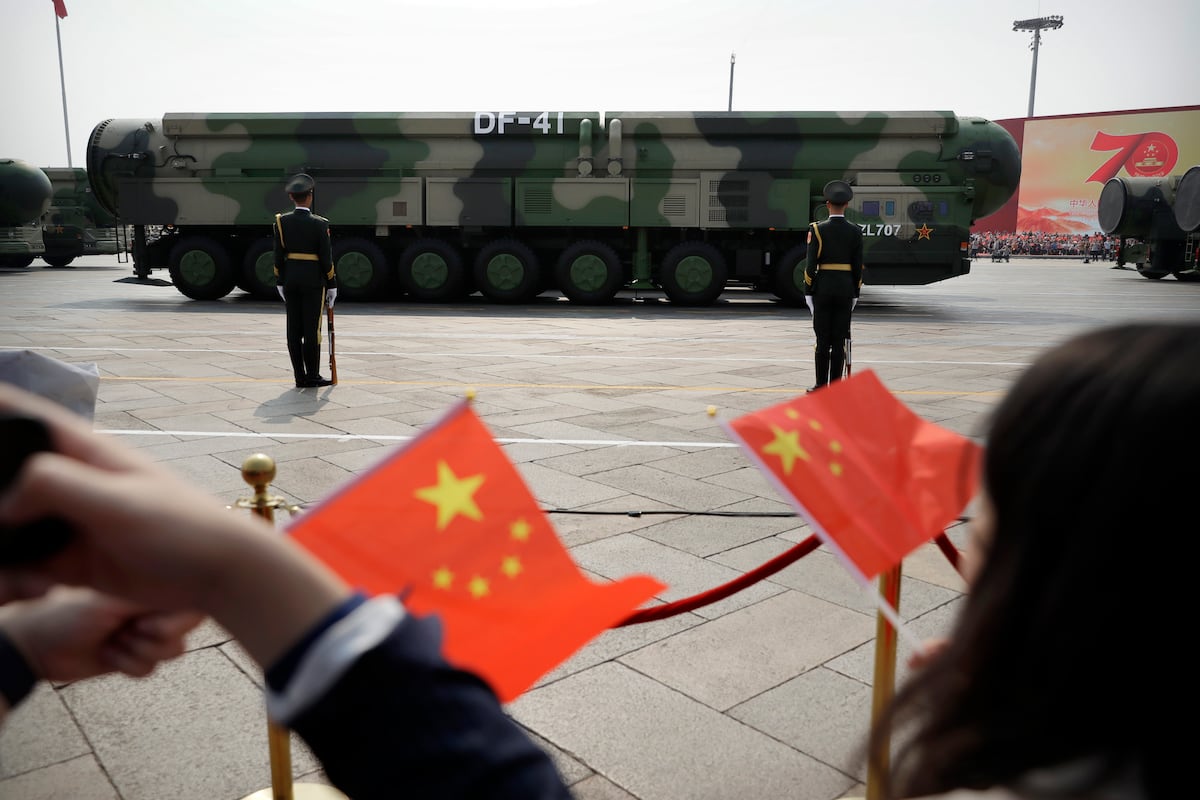China’s Evolving Military Landscape: The Role of AI Startups
China recently showcased its military prowess through a grand parade, featuring state-of-the-art weaponry and a show’s worth of ceremonial troops. However, missing from this display was a critical element of China’s military enhancement strategy: a burgeoning network of agile, dual-use artificial intelligence (AI) companies collaborating with the People’s Liberation Army (PLA).
The Rise of Dual-Use AI Technologies
A recent report from the Center for Security and Emerging Technology highlights how China’s expanding thirst for AI systems extends beyond large, state-controlled enterprises. This is evident in the rising number of relatively young firms emerging from academic institutions and private research labs. These partnerships complicate efforts by the United States to monitor China’s weapon development and safeguard its own technological investments.
- Focus on Dual-Use Technologies: Many of these technologies, such as advanced navigation systems for drone swarms, serve both civilian and military ends. This dual-purpose nature parallels the role of non-military vessels utilized by China, often categorized as a “maritime militia” involved in strategic maneuvers alongside military installations.
Strategic Possibilities for Commercial Vessels
Technologies highlighted in the report can significantly augment naval capabilities. For example:
- Semantic Modeling Software: This innovative software leverages data and AI to enhance a vessel’s situational awareness without relying on GPS, thus enriching its operational effectiveness in military contexts.
- Drone Control Systems: Beijing SOUVI Information Technology has secured contracts for advanced systems that permit minimal training for operators to manage drone swarms efficiently. This capacity could enable merchant vessels to conduct coordinated operations with the Chinese navy.
Observable Tactical Integrations
Past incidents have demonstrated China’s ability to execute synchronized maneuvers using civilian vessels. Notably, in July 2023, Chinese fishing boats conducted a blockade near the Philippines, backed by naval forces. Additionally, China’s merchant fleet is increasingly collaborating with the coast guard and navy to engage in exercises that threaten regional security dynamics.
Smaller Vendors and Nontraditional Partnerships
The report emphasizes the rising significance of smaller “nontraditional vendors” (NTVs) within China’s defense ecosystem. Key findings include:
-
Emergence of NTVs: While state-owned companies still dominate, a substantial portion of AI technology acquisitions is now occurring through privately held firms that have emerged post-2010. Examples include:
- iFlytek: Specializing in speech translation tools.
- PIESAT: Focused on AI-enabled geospatial intelligence.
- JOUAV: Marketing drones and advanced data integration software.
-
Lack of State Ownership Disclosure: These entities often do not openly identify their military links, facilitating their engagement with global markets.
Implications for U.S. National Security
As the Pentagon enhances its strategy to harness dual-use technologies and foster relationships with emergent startups, China’s approach diverges significantly. The predominant characteristic of these NTVs is their absence from U.S. sanctions, allowing them easier access to technology and global markets.
- Broadening the Technology Spectrum: The types of technologies provided include everything from geospatial analysis to drone systems like the TB-001 “Twin-Tailed Scorpion.” This diversity of applications also translates into capabilities that support both commercial activities and potential military operations.
Conclusion
The Chinese military’s dependency on an increasingly sophisticated ecosystem of AI startups signifies a shift in how defense capabilities are developed. This evolution presents strategic challenges for the U.S. and allied nations, underscoring the urgent need to enhance surveillance over dual-use technologies. As the global landscape shifts, recognizing the strategic implications of AI becomes paramount in shaping future defense initiatives.
- Need for Adaptation: Continued vigilance and a deeper understanding of China’s dual-use technology capabilities are essential for fostering effective responses to emerging threats. As national security leaders acknowledge, the potential military advantages presented by AI far outweigh those of any singular weapon system.





